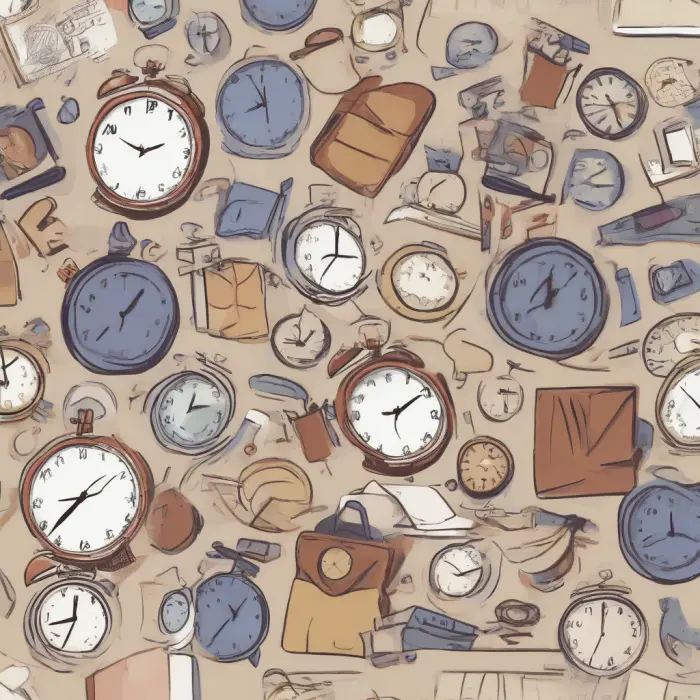How to Create Your Own Webcomics and Graphic Novels
Creating webcomic or graphic novels can be an exciting and rewarding endeavour, especially for aspiring artists and writers. Here's a step-by-step guide to help you bring your stories to life in vivid, visual form.
Step 1: Conceptualize your Story
Start with your story idea. Do you want a comedy, action, romance, or a mix of genres? Write a brief synopsis of your concept. Like any standard story, it must have a beginning, a middle, and an end. Outline your characters, their relationships and roles in the story. This part is crucial in comics creation because characters can deeply impact your readers.
Step 2: Scripting
Unlike traditional writing, scripts for graphic novels or webcomics need to detail the visuals for each scene. Describe the setting, characters' actions, emotions, and dialogues. This will guide you when you start drafting your panels. Remember, show don’t tell. You have the advantage of images, use them wisely.
Step 3: Designing Characters & Settings
Start sketching out your characters and settings. Each character should have distinct features to differentiate them. Consistency is also key, for settings and characters alike. Try to be as detailed as possible to bring your world to life. Don’t forget about color palettes too, as colors can set the mood of your scenes.
Step 4: Create Storyboard
A storyboard or comic strip layout is a graphic representation of how your comic will unfold, scene by scene. It’s made up of sequential images, or 'panels', that convey action and include descriptions of dialogue and setting, as well as important features like perspective and movement.
Step 5: Inking & Coloring
Inking enhances your pencil sketches and turns them into polished line art. Coloring adds dimension and mood to your scenes. Be mindful to be consistent with your shading and lighting conditions which can often add depth to your scenes.
Step 6: Lettering
Adding dialogues, thought bubbles, sound effects comes under lettering. Make sure the text is legible and flows well. Placement of these elements are crucial as well because it can affect your panel transition and evidently, the pacing of your comic.
Step 7: Publishing
There are many platforms where you can publish your webcomic or graphic novel, like Webtoon, Tapas, Webcomic App and many more. Confirm the format requirements of the platform you choose, and make necessary adjustments.
Conclusion
Creating your webcomic or graphic novel requires a lot of hard work, patience, and persistence. However, seeing your story come to life in your own webcomic or graphic novel and sharing it with others is invaluable. Just remember, every big comic started small, so don't give up.










